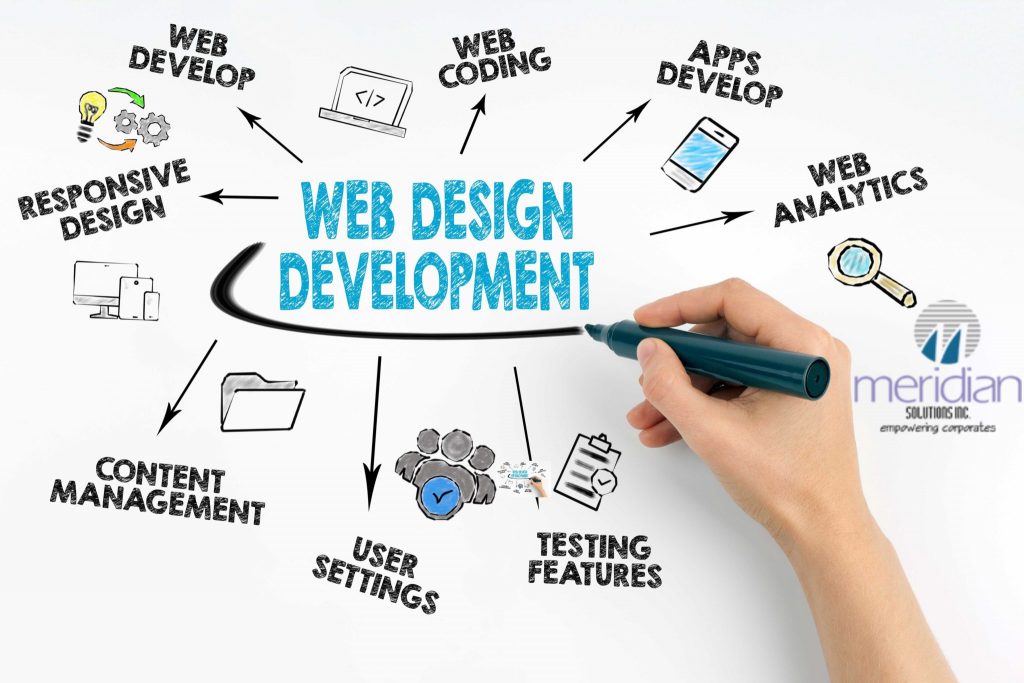
Micro-interactions—subtle animations and feedback—make websites feel more dynamic and engaging. In 2024, designers are using these effects to guide users, highlight actions, and add delight to everyday interactions. Well-crafted micro-interactions improve usability and create memorable digital experiences.
AI-driven design tools are streamlining workflows, from layout suggestions to color palette generation. These tools help designers work faster, experiment more, and create personalized experiences at scale. As AI becomes more integrated, expect smarter, more adaptive design solutions.
Minimalist design continues to dominate, with generous white space, clean lines, and focused content. This trend enhances readability, reduces cognitive load, and puts the spotlight on what matters most. In 2024, less is more—simplicity is the ultimate sophistication.
Accessibility is no longer optional. Designers are prioritizing inclusive practices, ensuring sites are usable by everyone, including people with disabilities. This includes better color contrast, keyboard navigation, and descriptive alt text. Inclusive design broadens your audience and demonstrates social responsibility.
Websites are becoming more personalized, adapting content and layout based on user behavior and preferences. Dynamic content keeps users engaged and increases conversion rates. In 2024, expect more sites to leverage data and automation for tailored digital experiences.